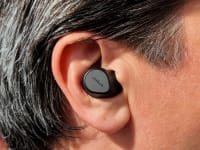You should never let your kids use your earbuds—here's why
Those cheap earbuds that came with your phone? They may be dangerous.
Products are chosen independently by our editors. Purchases made through our links may earn us a commission.
Being a parent is a challenge, even on the best days. There is always something new to worry about. One thing parents don't think about enough? Just how much damage even cheap everyday earbuds can be doing to your kids' hearing.
Most people know that listening to loud music can impact your hearing, but for most of us that calls to mind something like a loud rock concert. But researchers and groups like the World Health Organization and the Centers for Disease Control have established that routine exposure to "moderately" loud sounds can permanently damage your hearing, with up to 1.1 billion people at risk. That's especially true of children, who frequently listen to music at a device's max volume.
We recently took a look at this when testing for our roundup of the best headphones for kids, and we found that even something as simple as a smartphone and the included earbuds can dramatically exceed the recommended levels at full volume, posing a risk after just a few minutes.
And though volume-limiting, "kid safe" headphones promise an easy solution, we have tested more than two dozen pairs over the past few year and the results are mixed. We found that many of these "safe" models exceeded their own advertised maximum limits, and many of the volume-limiting safeguards would be easy for a child to remove.
You can read our guide to the best headphones for kids to see exactly what we found, but for a more in-depth explanation here's everything you need to know to pick the right headphones for your kids:
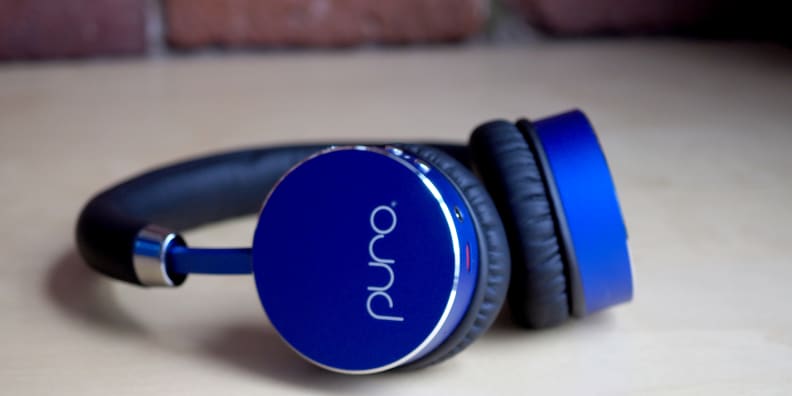
The Puro BT2200 headphones look good, sound great, are durable, are well-designed, and have effective volume limits.
How loud is too loud?
One night at a concert is enough to realize that loud noises can damage your hearing. But at what point are you risking serious long-term damage? Unfortunately, though health experts have been studying this for decades, there isn't a clear point at which damage is guaranteed to occur.
What we do know is that noise-induced hearing loss is a real problem in adolescents, and it can have a dramatic impact on their academic performance. Headphones are likely a major reason for this, and headphone use has been on the rise since the mid-90s.
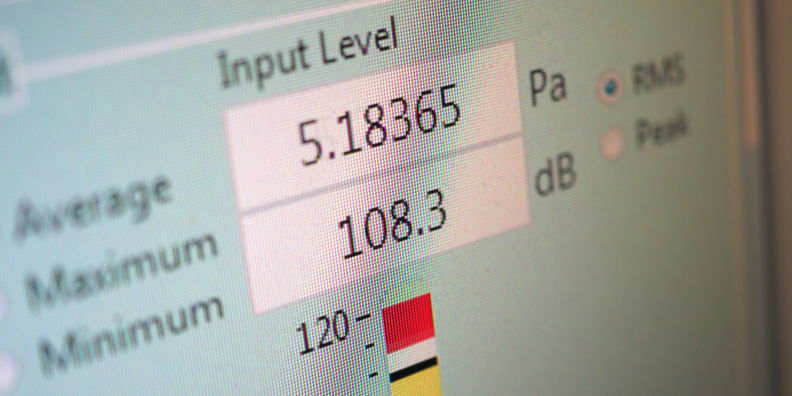
With typical earbuds and an iPhone 7 Plus at full volume, an average volume of 108dB is not uncommon, but it is unsafe.
The consensus is that you are at risk of noise-induced hearing loss if you're exposed to an average volume of 85 decibels for 8 hours in a day. If you're into being specific, those are A-weighted decibels (or dB(a) for short), which just means that the average is weighted to line up with the sounds that our ears are most sensitive to.
For every 3dB(a) above 85 you go, the hazardous exposure time gets cut in half. So if you're listening to 100dB—a volume most earbuds can easily exceed—you could be at risk after just 15 minutes. Those cheap earbuds that came with your iPhone 7 Plus? They can average 105dB at full volume according to our tests, and we've seen others get up to around 109-110dB(a).
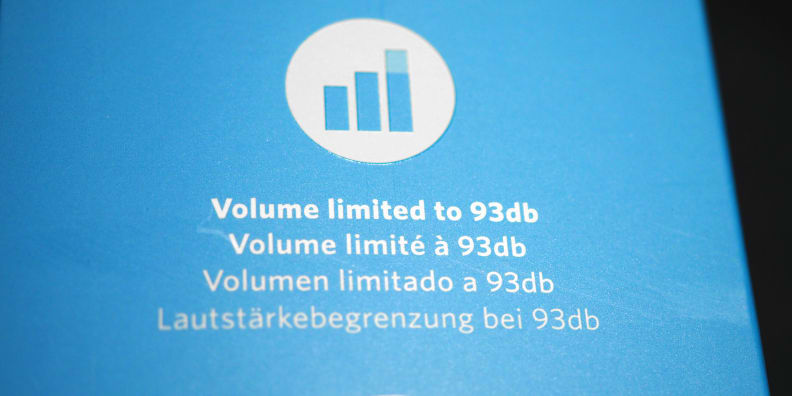
Many headphones feature claims like this, saying they limit volume to 93dB, but in many cases that's not accurate.
It's important to note that experts are not entirely sure where the "safe zone" really ends, and because noise-induced hearing loss is irreversible, caution is definitely the way to go. As a result, the WHO recommends limiting headphones to just 85dB(a).
As with screen time, it's important to keep tabs on how long you're letting your kids use headphones. An easy rule to follow is the "60/60 rule" which is to limit headphone time to 60 minutes per day with the volume set no higher than 60% of the max.
What About Volume-Limiting Headphones?
There are two ways to limit your child's exposure to loud headphones: turn the volume down on your device or use so-called "volume-limiting" headphones that don't get as loud as a regular pair. To reduce the incoming volume, these headphones all employ some kind of resistor to limit the amount of power sent to the headphones, either in the cable, in some kind of removable adapter, or in the headphones themselves. In the simplest terms: Less power means less volume.
The good news is that every pair of headphones can be used safely if you just turn the volume down, and you should be able to understand someone speaking to you at arm's length while music is playing. Most phones and tablets even have parental controls, letting you set a maximum that can't be exceeded.
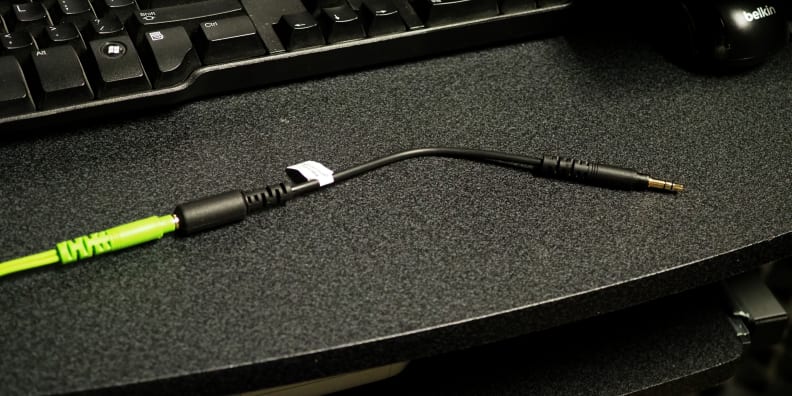
Some headphones have an adapter like this that limits volume. It's useful, but easily removed.
Volume-limiting headphones are still a great alternative, especially since kids these days use headphones in places where you may not have control, like with a car's entertainment system, on an airplane, or with their Playstation or Xbox. These headphones are generally marketed as topping out at either 85dB(a) or 93dB(a), with language that makes you think that's as loud as they possibly go.
The problem? Many of these headphones are not nearly as volume-limiting as they claim to be. To figure out exactly which ones are safe and which ones could be trouble, we put over 20 models to the test in our audio labs.
How We Tested
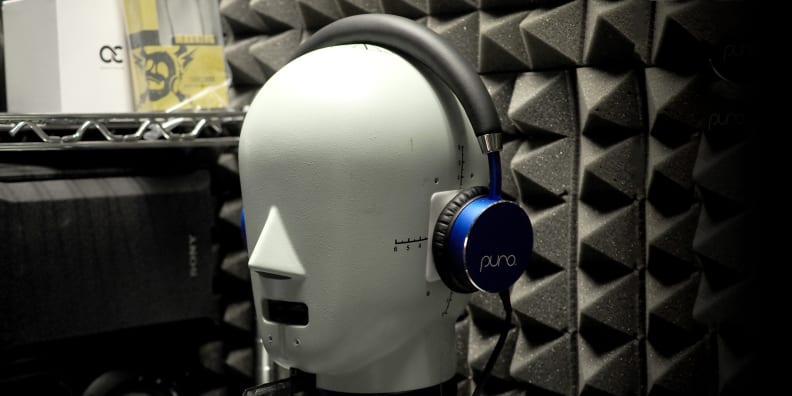
The Puro BT2200 fit our adult-sized HATS quite well, but it's small enough that a pre-teen should be able to use them.
While many volume-limiting headphones are marketed as adhering to strict international standards with fancy-sounding names, there isn't actually a worldwide standard for volume-limiting headphones.
To test them properly, you can't just hold a basic dB meter next to a pair of headphones. Our ears are complex organs, and getting accurate measurements requires gear that mimics the entire ear and all of our internal cavities as well. Our head and torso simulator (HATS) does exactly this, and it's an extremely sensitive (and expensive) piece of kit.
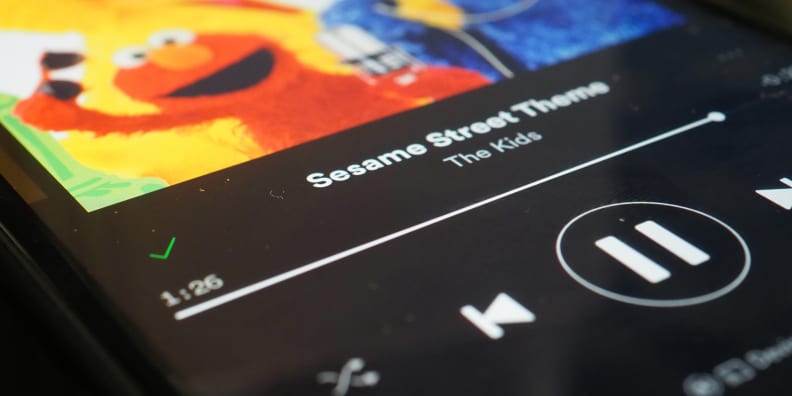
The Sesame Street theme song gets surprisingly loud once the little kids start singing.
Though our setup is sophisticated enough to test all kinds of different aspects of sound quality, or primary focus here is volume. It's important to note that our audio lab is not an anechoic chamber (they're outrageously expensive to build), though it is sound-dampened with an average ambient volume of about 38-39dB(a).
To power the headphones we first tried them with a variety of sources, including several popular smartphones, a laptop, and our lab's amplifier. We found that most of the mobile sources were nearly identical, with the amp providing significantly more power, causing the wired headphones to play at a much higher volume.
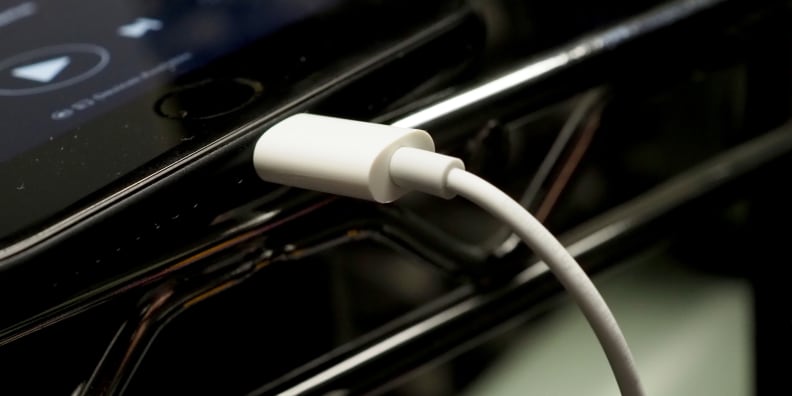
The iPhone 7 Plus doesn't have a headphone jack, so we had to use Apple's 3.5mm dongle to connect most of the headphones.
We expected this, of course; headphones draw power from whatever source they're wired to, and amplifiers are designed to provide extra power to push larger drivers at louder volumes. It's worth noting that none of these headphones are rated to be used with an amplifier, and even models that are otherwise safe could be easily pushed above recommended levels with an amp. Don't use one if you're trying to limit volume.
We wound up settling on an iPhone 7 Plus, because it was the loudest of all the mobile devices we tested, though they all were within 1-2dB(a). Since this model lacks a headphone jack we used Apple's Lightning-to-3.5mm adapter, though we tested Apple's Lightning earbuds directly through the Lightning port. We tested models featuring Bluetooth in both wired and wireless modes, connected to the iPhone.
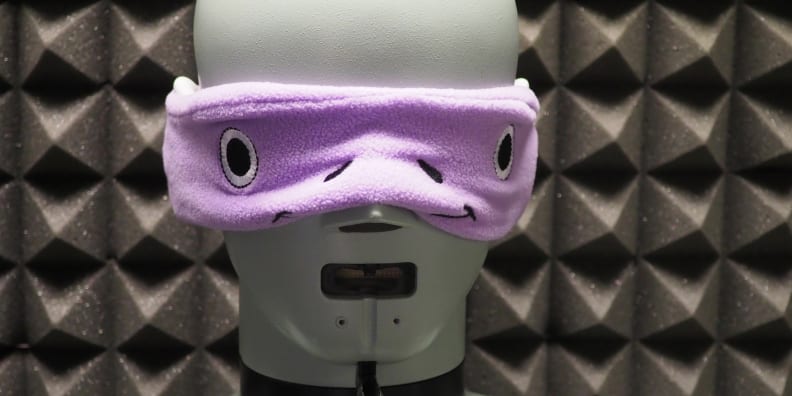
The Cozyphones were way too loud for our liking, but the unique band design is interesting, at least.
Our tests consisted of three samples designed to mimic real-world usage. The first is an industry standard sample of pink noise, with a sample rate of 192kHz. Pink noise sounds like static to you and I, but it's designed to be equally powerful at every octave. This is useful because—unlike actual music—all frequencies are equally represented. It's a bit like the white noise that sound machines make, but with more low frequency sounds in the mix to balance it all out.
We also used two real-world songs, because we wanted to demonstrate that it's possible for certain stretches of songs to vastly exceed pink noise levels, especially at the higher frequencies that our ears are more susceptible to. This is also why we (and the industry at large) uses A-weighted decibels (dB(a) instead of just dB) when discussing noise exposure; it more heavily weights the frequencies that our ears are sensitive to.
The two samples we used for this were—appropriately—Guns N' Roses' "Sweet Child O' Mine" from 5:05 to 5:45 and the Sesame Street Theme Song from 0:30 to 1:00. While the Sweet Child O' Mine guitar solo was the louder of the two, both consistently rated as louder than the pink noise sample over those stretches. Also, I can remember being 15 and listening to that guitar solo at least 10 times in a row. Probably not the best idea.
{{spotify 'https://open.spotify.com/track/4MhTFsyqIJnjsOweVcU8ug'}}
{{spotify 'https://open.spotify.com/track/1ZwpeBXSC8IdY2Ry2yrlEG'}}
What We Found
While we'd encourage you to read our roundup of the best headphones for kids if you just want to see the winners and losers, the full story is a little more complex.
It's important to note that no pair of headphones offers a 100% guarantee of safety. Wireless models are safest, but only when connected via Bluetooth. This is because they only draw power from their internal battery; with no additional power they can only get so loud.
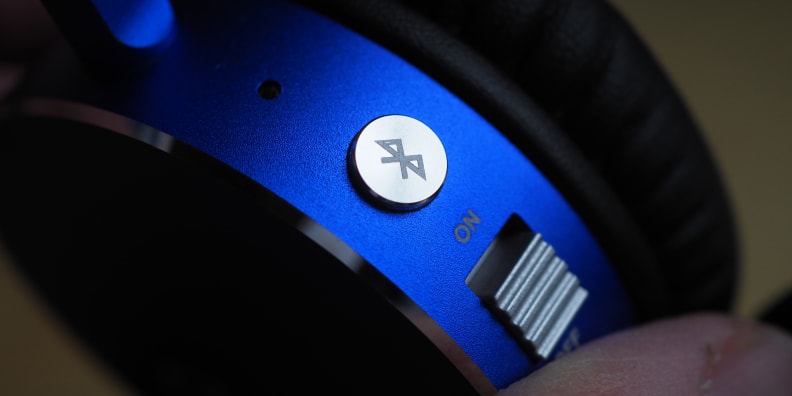
Though Bluetooth is by no means convenient when you have kids, it's safer.
In this case we tested three wireless models, the Puro BT2200, the PuroQuiet, and the Lil Gadgets Untangled Pro. When connected only via Bluetooth, all three had a maximum volume right around the recommended 85dB(a). That could still be a problem if you listen at that level for many hours at a time, but less so than louder headphones.
More importantly is that both models, when wired, could exceed the recommended levels significantly. The Lil Gadgets model jump all the way to around 93dB(a) when used with their included wire. The Puro BT2200 included a volume-limiting cable, but it's easy to plug it in the wrong way (I did the first time). When the cable is backwards, the maximum volume jumped all the way to 97-100dB(a).
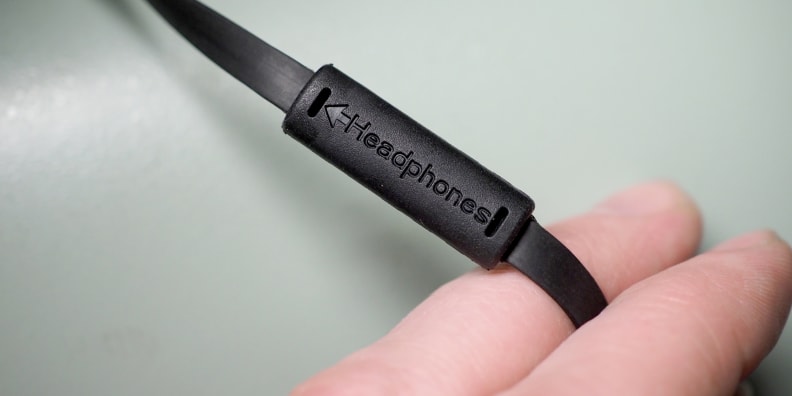
The Puro BT2200 feature a volume-limiting cable, but the arrow in this case should point away from the headphones, not toward them.
That's a big issue, and any teenager could easily flip it around if you're not looking. With the cable attached correctly the max volume with the iPhone 7 Plus was 85-87dB(a), but it's something you'll need to be aware of. We still felt the Puro BT2200 was the best model overall due to its combination of durability, build quality, audio quality, and maximum volume in most settings, but it would be a very simple fix for Puro to design the cable and headphones so that it can only plug in the right way.
And across the board, many so-called "kid safe" headphones simply don't keep to the levels that they claim to—even when used as directed. Only some actually are shooting for the WHO's recommended level of 85dB(a); some set a higher cutoff of 93dB(a), though several exceeded this anyway. Of the models we tested in this group, only six stayed at or below the WHO's recommended level, and only when the volume-limiting functions were working properly.
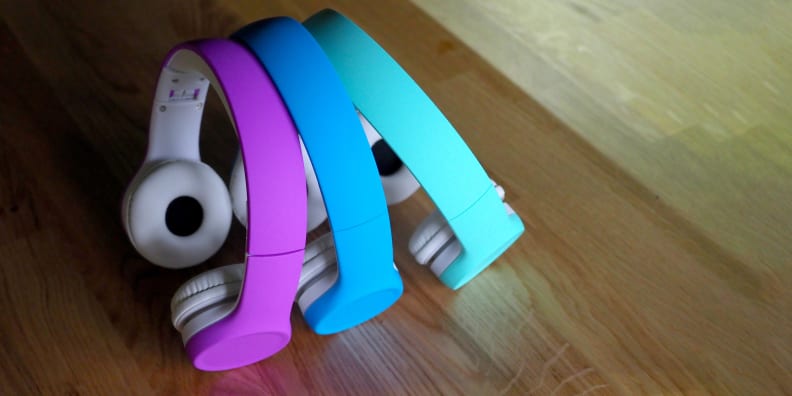
The kids headphone market is a mess, with multiple companies selling re-branded versions of the same headphones.
Making sure those volume limits are functioning properly is incredibly important. Only three of the models (the Onanoff Buddyphones and two identical models from Sakar featuring Hello Kitty and Teenage Mutant Ninja Turtles branding) had volume limits that couldn't be circumvented, though these use non-removable cables that are inherently less durable.
The other volume-limiting options were all easily overcome: The MEE Audio Kid Jamz have a plastic switch that is tricky to access, but an older child with a bobby pin would get at it easily enough; The Puro BT2200s (as mentioned above) have a removable cable that is easily reversed or simply plugged in the wrong way accidentally; and the Kidz Gear Wired headphones rely on a small and easily lost (or "lost") adapter that limits volume.
In all three cases these headphones play back at potentially unsafe (and in some cases, potentially dangerously unsafe) levels with the limiter removed.
So What Should I Do?
To be clear, I'm not a doctor. If you have questions about your child's hearing, your best bet is to consult with their pediatrician or an audiologist. But after testing so many models and reading reports from health experts at the WHO and CDC, these are the guidelines I'm planning on following for my kids when they start using headphones:
{{ amazon name="Puro Sound Labs Kids Volume Limiting Bluetooth Wireless Headphones (Blue)", asin="B01N3TMVB8", align="right" }}
Use a pair of volume-limiting headphones that play back at or below recommended levels. You can see the models we recommend by going to our roundup of the best headphones for kids, but models like the Puro BT2200 do a good job of reducing volume to acceptable levels as long as you use them properly.
Never use an amp and make sure volume limiters are working correctly. Even headphones that keep to the recommended levels can be overpowered to unsafe levels with an amp, so don't use those. With standard devices like phones, tablets, PCs, and game consoles, you still need to make sure the volume limits work correctly. Only buy models that we've tested and recommend and follow all the included instructions.
Turn down the volume to 60% of the maximum. To be safe, you should still turn down the max volume to about 60% of the max at most on something like an iPhone, smartphone, tablet, or laptop. Noise-induced hearing loss is cumulative, so the less you expose yourself to on a regular basis, the better off you'll be.
Limit headphone time to an hour or less per day. Our understanding of noise-induced hearing loss in children is still developing, so while the expert guidelines for adults are based on an 8-hour workday, there is enough reason to be cautious with your child's hearing that you should limit their exposure to headphones to 60 minutes or less.
A longer session now and then (such as a very long flight) could be okay, but remember to take frequent breaks, use appropriate headphones, and keep the volume as low as possible.


